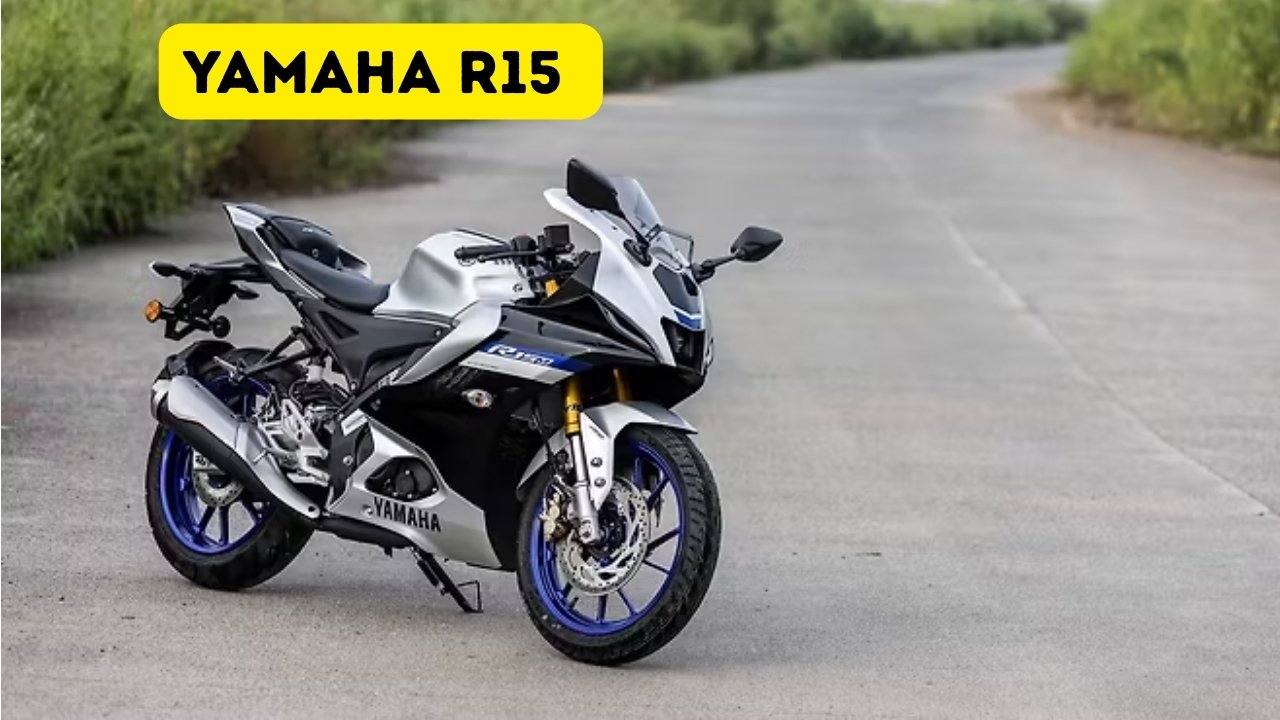The launch of TVS iQube 2025 marks another milestone for TVS Motor Company, which has taken a massive leap in the electric two-wheeler segment, setting new records in range, charging efficiency, as well as price. The new 2025 version is now iQube’s real strength as it boasts a striking 280-kilometer range which is a leap from the older version’s 140-150km range. This positions the iQube as one of the most reliable long-range EV scooters in India.
The iQube’s strength has now improved bolstered one of the most discussed issues of EV range anxiety. The new iQube actually functions as a week’s riding for most users who travel between 30-50 kms daily, making it ideal for urban commuters.
TVS has continued to pioneer two-wheeler electric vehicle technology with advanced engineering. The new 2025 model has a focus on fast charging for the scooter which now allows charging from 0 to 80% in about an hour. Total charge cycles hover around the 2.5-3 hour mark and the new model boasts a 50% improvement on older EV charging systems in the segment.
Due to these enhancements, TVS is now on the map for being equipped for users who deal with on the go charging systems and lack an overnight charging home base.
The development of major metropolitan areas and highways adds to the public charging network that TVS is working on. This public network will make charging more convenient and accessible.
Designed for Urban and Beyond
The versatility and practicality of the electric scooter make it stand out among competitors. iQube continues to sleek and modern. Improvements to aerodynamics and rider comfort will be made in 2025. The scooter has a 10 inch touchscreen dashboard equipped with 5G, real time navigation, and AI powered riding assistant that gives traffic updates and optimization of the route.
Storage improvements will also be made with the electronic color changing iQube. Riders will be able to place a full-face helmet under the seat and the suspension tunings will provide smoother rides throughout cities and mildly rough terrains.
Safe, Smart, and Sustainable
The 2025 model of TVS has also heavily focused on safety with the implementation of traction control, side stand cut-off, and dual disc brakes. Geo fencing and remote immobilization will also combat theft.
Equally important is Sustainability. The environmental focus of the company has not changed with the new model. TVS is now using battery cells from local sources. These cells have higher energy densities and ultimately reduce the environmental impact of the scooter.
The company estimates that the battery will last for up to 2,000 full charging cycles, amounting to nearly seven years of use before noticeably decreasing performance.
EMI Schemes That Bring EVs Closer to Everyone
Arguably the most revolutionary element of the new iQube is its price alongside the financing scheme. Clearly targeting a broader market, TVS has set the iQube’s EMI plans to as low as INR 4,000 per month. Although the iQube’s initial price is still higher than ICE scooters, TVS claims the total cost of ownership calculated over two to three years, comes out much lower than the ICE scooters because of savings on petrol and maintenance.
TVS is innovating as well, working with financial institutions to devise flexible purchase plans, including battery subscription and older petrol two-wheeler exchange programs.
Market Impact and Consumer Expectations
In the escalating competition for the EV scooter market led by Ola Electric, Ather, Bajaj, and Hero, TVS is positioning the iQube 2025 as a value-packed premium offering. Its extensive range, fast recharge capabilities, smart connectivity, and low-cost financing make the product appealing, especially in smaller cities that are still developing their charging infrastructure.
Experts believe the iQube’s launch could potentially expedite the adoption of EVs in India, with the iQube scooter acting as a practical first choice for new EV users.
The TVS iQube 2025 is not simply a sequential upgrade; it is a comprehensive redesign of the concept of EV scooters for Indian users. Its 280 km range, quick charging, and accessible EMI options make it a model of practicality, innovation, and affordability in one.









